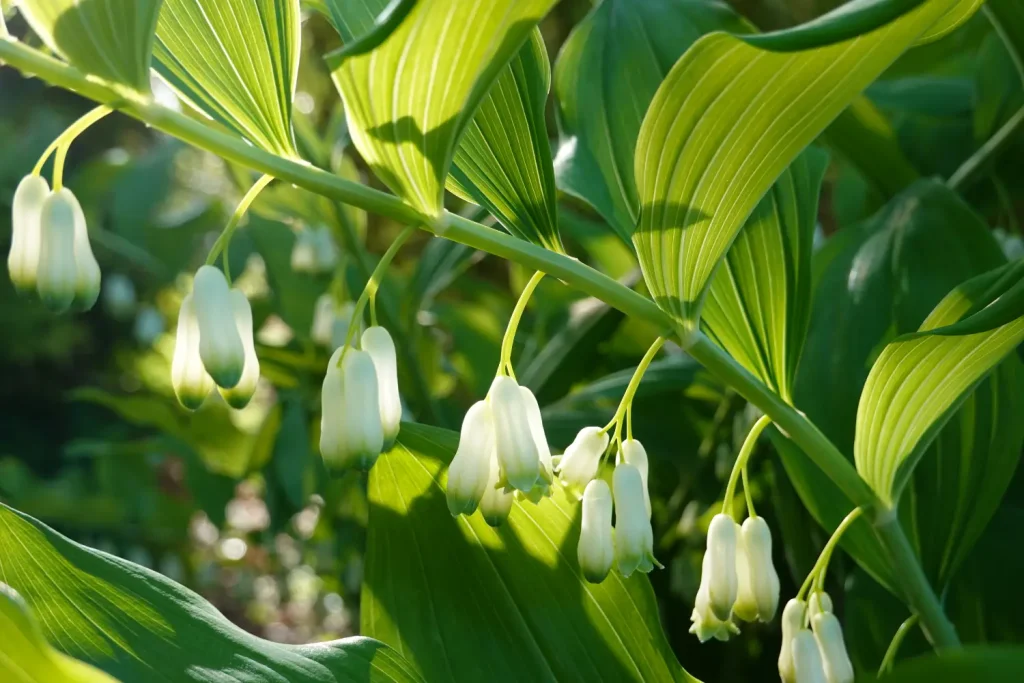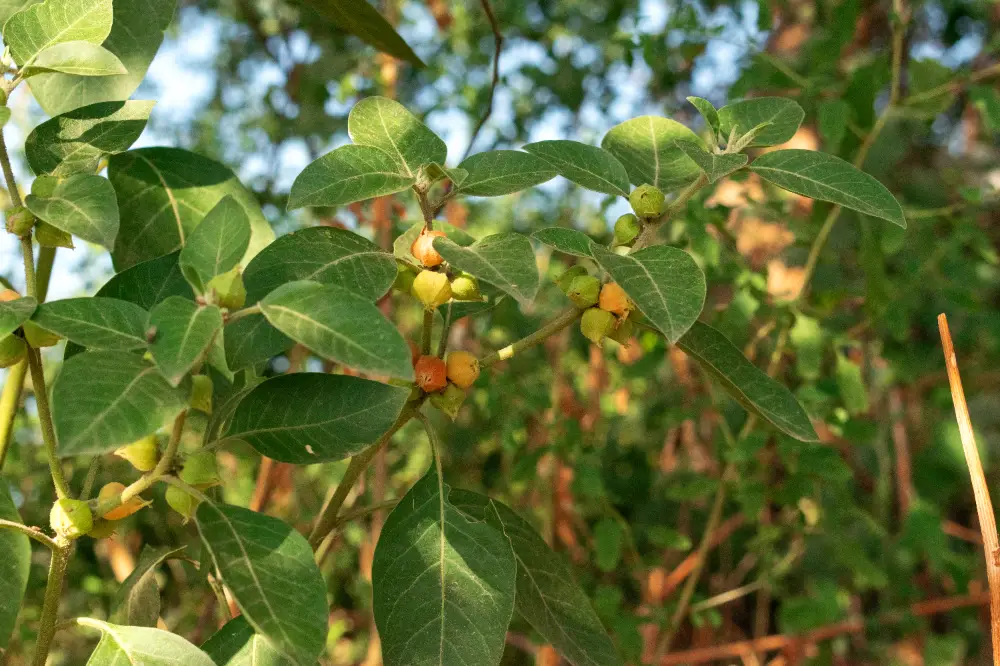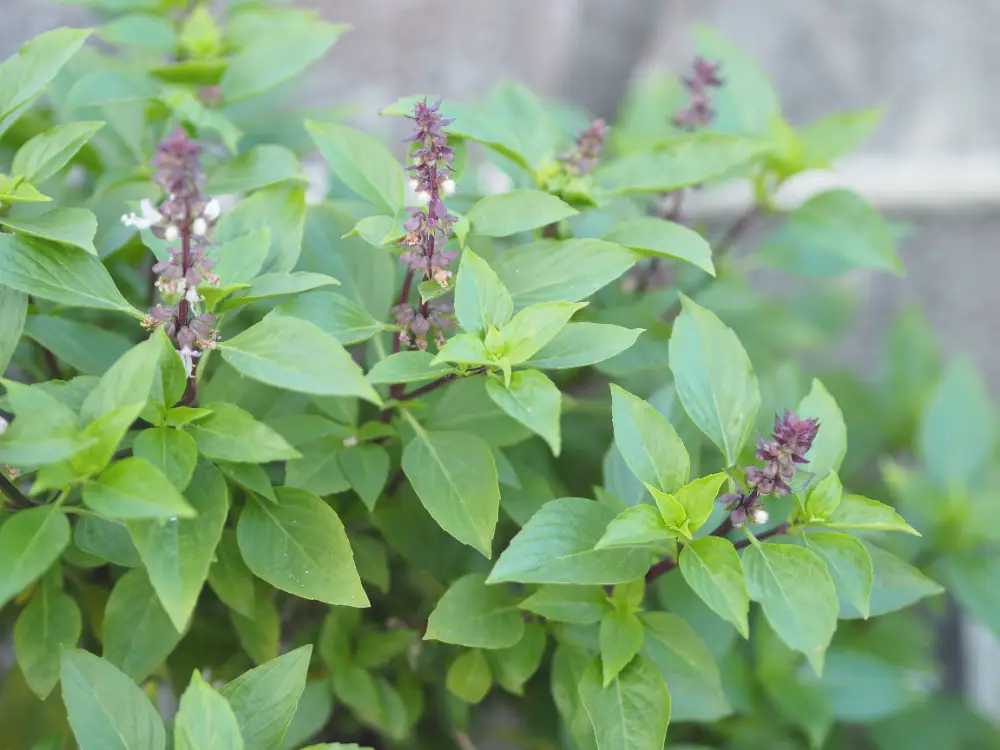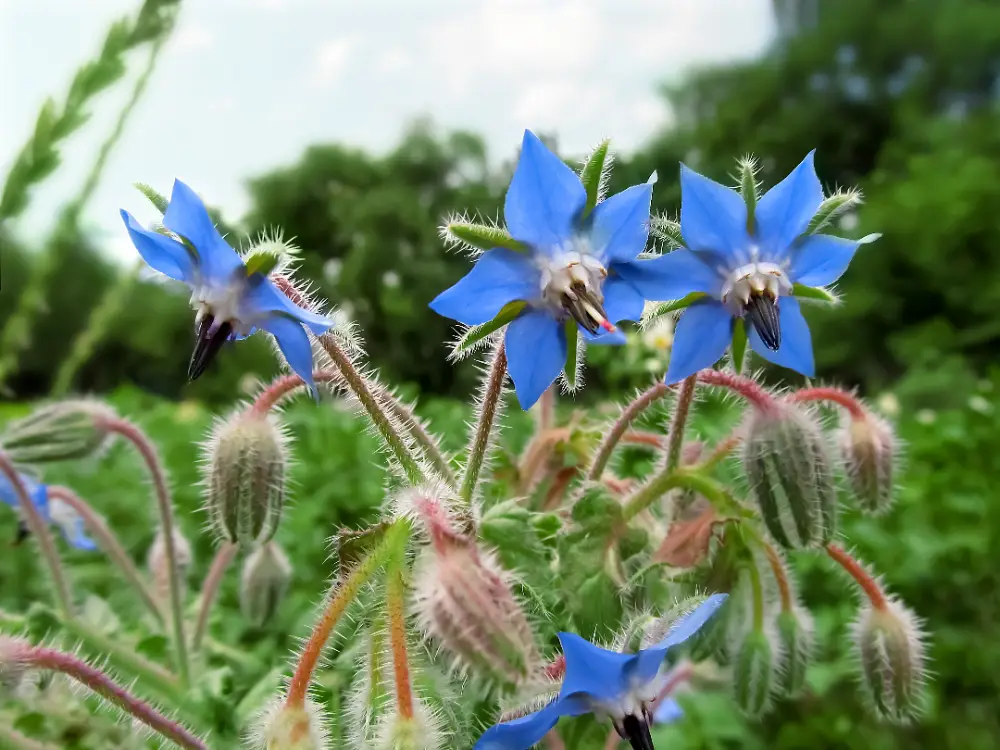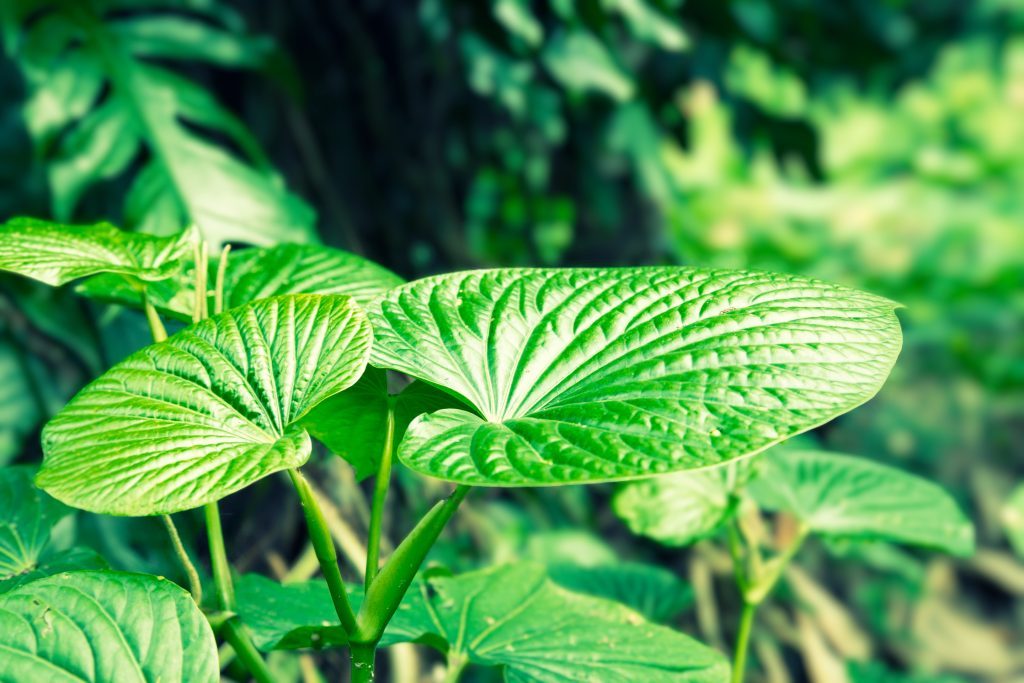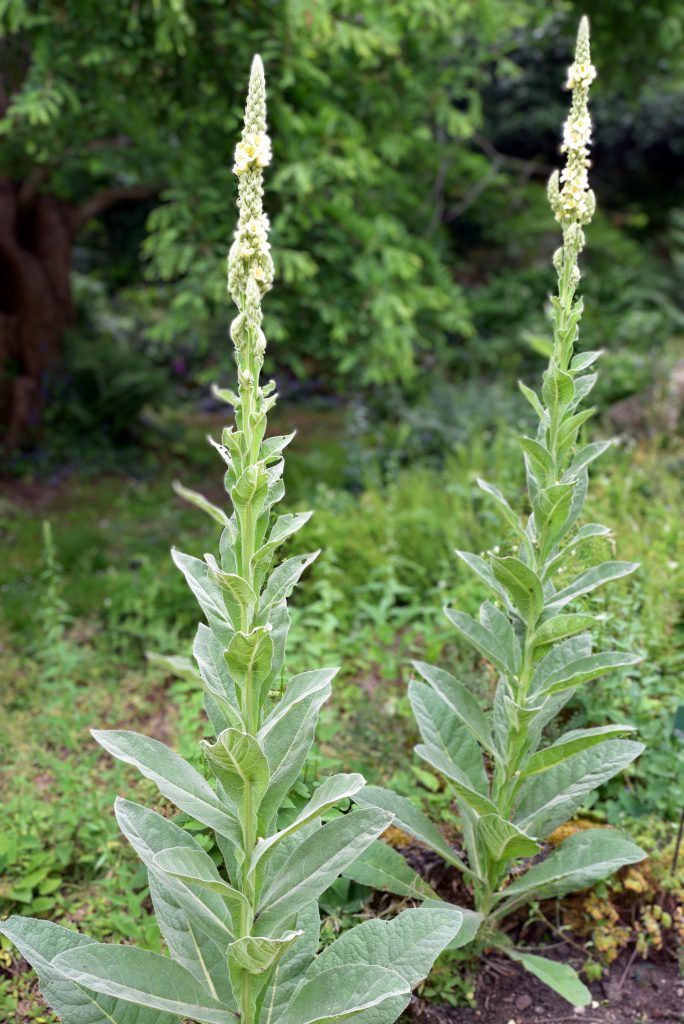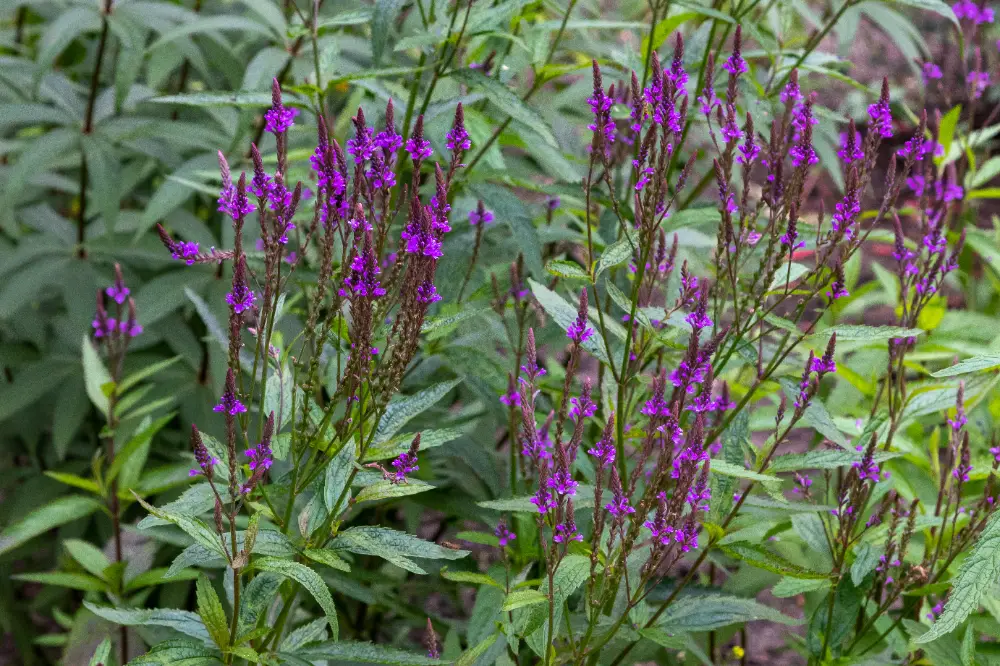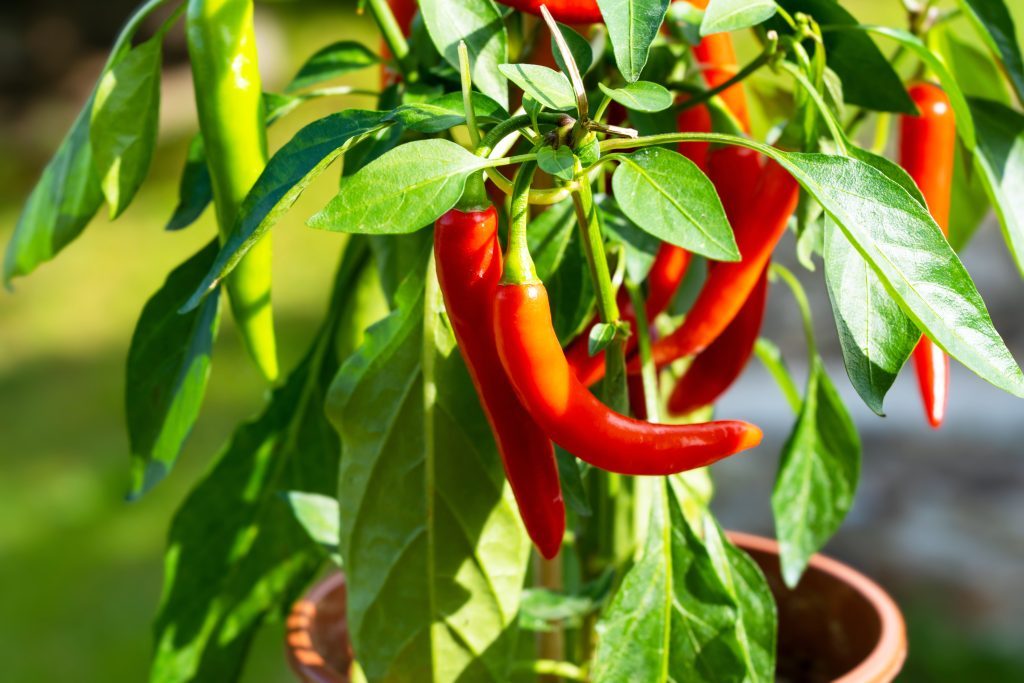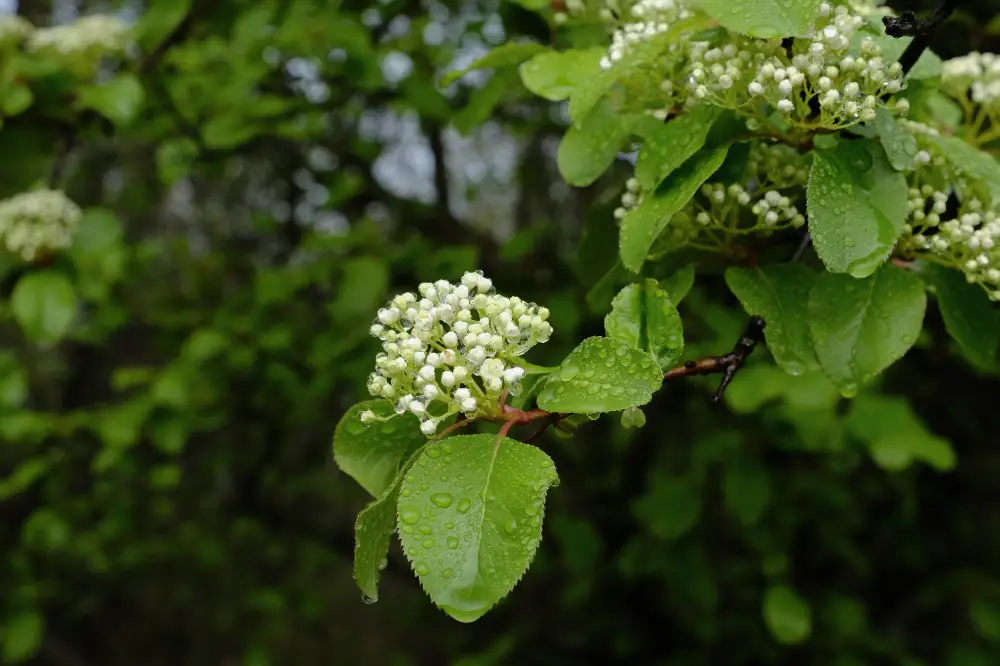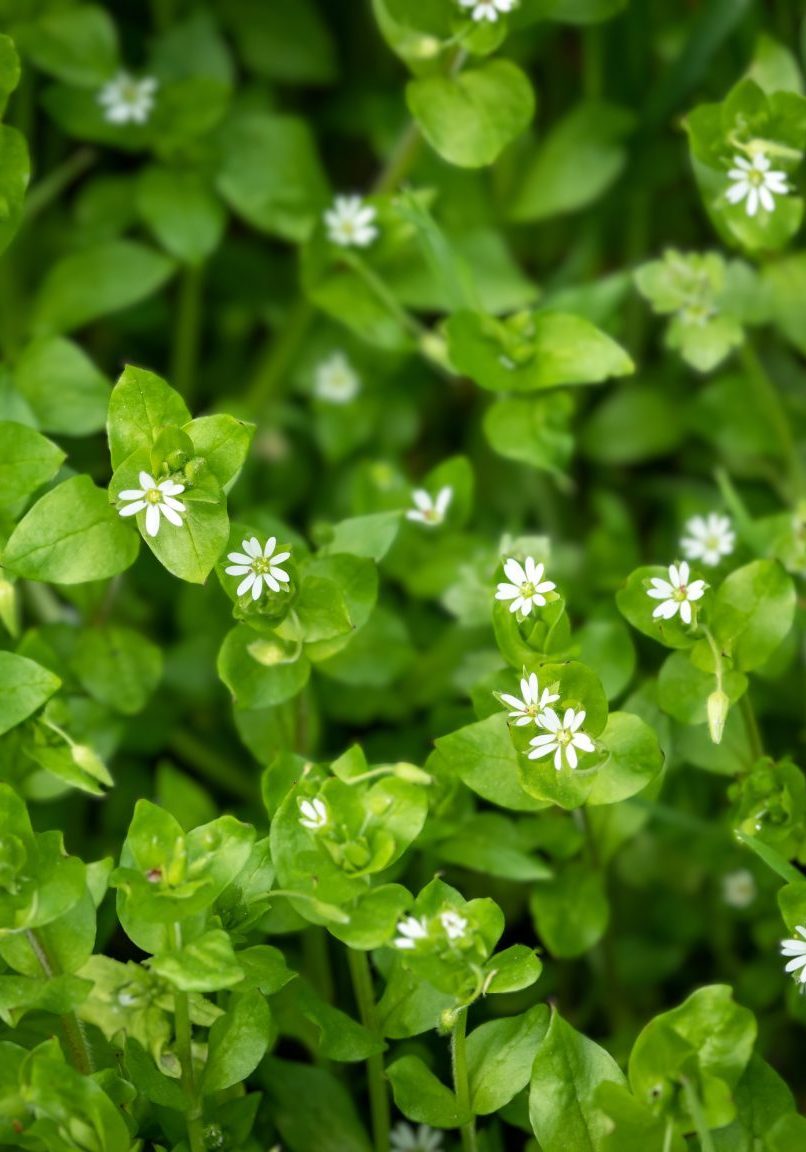
Chickweed
Stellaria media
Caryophyllaceae (Carnation Family)
Highly valued in herbal medicine for its anti-inflammatory, cooling, and nutritive properties. Chickweed is commonly used to soothe skin irritations and support overall health.
Other names:
Common Chickweed, Starweed, Winterweed, Satinflower, Starwort.
Superpower
Chickweed’s superpower lies in its soothing and anti-inflammatory properties, making it highly effective for treating skin irritations and promoting healing.
Uses
Skin Healing:
Chickweed has long been used to soothe skin irritations, such as rashes, eczema, bug bites, burns, and minor wounds. Its cooling and anti-inflammatory properties make it ideal for calming itchy or inflamed skin. Traditionally, chickweed was applied as a poultice, salve, or compress to draw out toxins and reduce swelling.
Respiratory Support:
In traditional herbal medicine, chickweed was used as a remedy for respiratory conditions like coughs and congestion. Its demulcent properties help soothe irritated mucous membranes in the respiratory tract, making it a common ingredient in herbal teas and syrups for easing bronchitis and colds.
Digestive Aid and Weight Loss:
Chickweed was historically consumed as a mild laxative and diuretic, supporting digestion and helping relieve constipation. It was also used in tonics and teas for promoting weight loss due to its ability to help eliminate excess water weight and promote healthy digestion.
Wound Healing and Drawing Poultice:
Chickweed has a long tradition of being used in drawing poultices to help remove toxins or foreign bodies from the skin. Applied to splinters, boils, and other skin infections, chickweed helps pull out impurities while reducing swelling and discomfort.
Anti-Inflammatory:
Chickweed’s anti-inflammatory properties make it valuable for reducing joint pain, arthritis, and swelling. It was used both internally in teas and externally in poultices to reduce inflammation in the joints and skin.
Nutrient-Rich Food:
Chickweed has been used as a wild edible plant, rich in vitamins (especially vitamin C), minerals, and antioxidants. Traditionally, it was added to salads, soups, and stews to promote overall health and boost immunity.
Cautions
Allergic Reactions:
Allergies or individual sensitivities are rare but possible with any herbal remedy. While some may experience skin irritation when using chickweed topically, this is not widely reported.
Pregnancy & Breastfeeding:
There are no specific cautions related to pregnancy, breastfeeding, or medication interactions based on current scientific evidence in reputable botanical safety resources.
Known Chemical Constituents
Saponins:
Includes triterpenoid saponins, which contribute to chickweed’s detoxifying and soothing effects, making it ideal for skin and digestive health.
Flavonoids:
Chickweed contains apigenin, luteolin, quercetin, and rutin, which provide powerful antioxidant and anti-inflammatory benefits, supporting immune health and reducing inflammation.
Coumarins & Hydroxycoumarins:
Known for their ability to promote circulation and provide anti-inflammatory and anticoagulant effects, helping to soothe irritation and swelling.
Phenolic & Carboxylic Acids:
These compounds act as antioxidants, protecting the body from oxidative damage and supporting skin and cellular health.
Phytosterols:
Plant-based sterols that help balance cholesterol levels and promote heart health.
Carotenoids:
Along with nutrients like vitamin C, vitamin A, and B-complex vitamins, carotenoids support eye health, skin repair, and immune function.
Fatty Acids:
Contains essential fatty acids, including gamma-linolenic acid (GLA), which helps reduce inflammation and nourishes the skin.
Polysaccharides:
Pentasaccharide and lychnose are present in chickweed, contributing to its immune-modulating and hydrating properties.
Proteins:
Stellarmedin A, a unique protein found in chickweed, supports the plant’s medicinal properties, contributing to its overall healing effects.
Botanical Description
Growth Habit:
Stellaria media is a low-growing, annual or perennial herb that forms mats along the ground. It typically grows to about 5-30 cm (2-12 inches) in height and spreads through creeping stems, making it an effective ground cover.
Leaves:
The leaves are small, oval, and opposite, with smooth edges. The lower leaves have petioles (small stalks), while the upper leaves are sessile (attached directly to the stem). The leaves are delicate and often have a slightly fuzzy texture.
Stems:
Chickweed has succulent, green stems that are thin and weak, often lying flat on the ground. A distinguishing feature of the stem is a single line of tiny hairs that runs along one side of the stem.
Flowers:
The flowers are small, white, and star-shaped with five deeply notched petals, giving the appearance of ten petals. The flowers are about 3-4 mm in diameter and bloom throughout most of the year in temperate climates. Each flower has five green sepals that are longer than the petals.
Fruit and Seeds:
Chickweed produces small, oval seed capsules containing numerous tiny seeds. The capsules open at the top to release the seeds when mature.
Habitat:
Chickweed thrives in moist, shaded areas, and is commonly found in gardens, lawns, roadsides, and other disturbed areas. It prefers cooler weather and often grows in abundance during spring and fall.
Fun Facts
Chickweed is a favorite food for chickens, hence its common name.
The plant is rich in vitamins A, C, and E, as well as minerals like iron, calcium, magnesium, and potassium.
Parts Used
Aerial
Harvest
Best Time to Harvest:
Chickweed is best harvested in the spring and early summer, when it is fresh, vibrant, and filled with moisture. Early spring is ideal, as this is when the plant is at its peak for both nutritional and medicinal properties. Chickweed can be found growing abundantly in cool, shaded areas, such as gardens, woodlands, and fields.
Harvesting Method:
- Handpick the tender, young stems and leaves, along with the small, star-like white flowers.
- It’s important to gather the plant before it begins to flower heavily or starts to dry out in the heat of summer.
- The plant’s entire aerial parts (stems, leaves, flowers) are used for medicinal and culinary purposes. Be sure to leave some chickweed behind to allow it to regrow.
Sustainability:
Chickweed grows prolifically and can be harvested sustainably by gently clipping the upper portions of the plant, allowing it to continue to grow and reseed. Chickweed often has a rapid growing cycle, so multiple harvests can be made throughout the season.
Preparations
Tea (Infusion), Tincture, Poultice, Salve, Compress, Infused Oil, Herbal Bath, Fresh Plant Juice. *Fresh plant is best for all preparations.
Sacred Rituals
Gathering chickweed in the early spring is believed to capture the plant’s fresh, vibrant energy, making it ideal for cleansing rituals and healing practices.
Affirmations
“I am soothed and healed.”
“I embrace renewal and rejuvenation.”
“I am connected to the healing power of nature.”
Spiritual Associations
Chickweed’s fast-growing and resilient nature mirrors themes of rebirth and regeneration. It is seen as a plant that brings new energy and encourages the spirit to release old patterns, making way for growth and fresh starts.
Functions
An alterative is an herb or substance that gradually and gently improves the function of the body, often by enhancing the body’s natural detoxification and elimination processes, thereby promoting overall health and vitality.
Anti-inflammatoryA substance or agent that reduces inflammation in the body, soothing irritation, swelling, or redness in tissues.
Anti-microbial
A substance or agent that inhibits the growth of or destroys a broad range of microorganisms, including bacteria, viruses, fungi, and protozoa.
Anti-rheumaticA substance or agent that helps prevent, alleviate, or manage symptoms of rheumatic conditions, including joint inflammation, stiffness, and pain.
AstringentA substance or agent that causes contraction or tightening of tissues, often reducing secretions or bleeding.
Carminative
A substance or agent that helps relieve gas, bloating, and discomfort in the digestive system by promoting the expulsion of gas and soothing the digestive tract.
DemulcentA substance or agent that soothes and protects irritated or inflamed tissues by forming a protective film over mucous membranes.
Digestive & Elimination HealthThe overall well-being and optimal functioning of the digestive system, which includes the gastrointestinal tract, liver, pancreas, and other supporting organs. It encompasses the processes of breaking down food, absorbing nutrients, and eliminating waste, as well as maintaining a healthy balance of gut microbiota.
DiureticA diuretic is a substance that promotes the increased production and excretion of urine, helping the body eliminate excess fluids and salts through the kidneys.
HepatoprotectiveA substance or agent that helps protect the liver from damage caused by toxins, inflammation, or disease, and supports its regeneration and overall function.
Laxative mildA substance or agent that gently stimulates bowel movements without causing irritation or dependency, promoting natural elimination.
NutritiveA nutritive is a substance that provides essential nutrients, supporting the body’s growth, repair, and overall vitality.
Skin, Hair & Nail HealthRefer to a variety of disorders or irritations affecting the skin, including rashes, dryness, inflammation, infections, or chronic issues like eczema and psoriasis.
VulneraryA substance that promotes wound healing, helps repair damaged tissues, and aids in the recovery of cuts, scrapes, burns, or other skin injuries.


